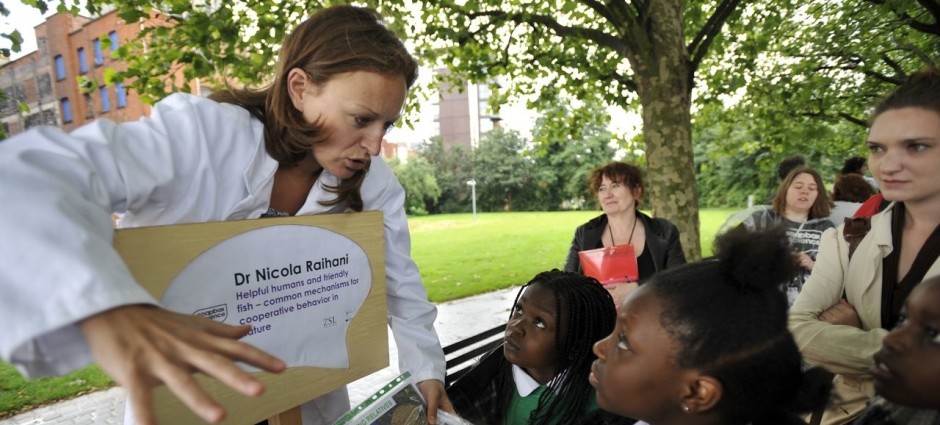Summary
Water and land productivity for agricultural purposes are essential in addressing food security in Nigeria owing to its population. This rapidly growing country is unique in its location on the West Africa region because it cuts across the Sahel, Sudan, Guinea and Tropical Rainforest agro-ecological zones. However, the availability of water for sustainable agriculture all year round is a major challenge. Although, the surface water found in lakes, rivers and stream; and the subsurface water (also referred to as groundwater) located underground in large aquifers [1] is available across Nigeria to combat these challenges, has not been utilized. Agricultural surface and subsurface water use is particularly important in regions with increasingly variable water supplies like Nigeria, acting as a natural insurance mechanism and powerful climate change adaptation option [3]. Geospatial techniques comprising of Remote Sensing (RS), Geographical Information System (GIS) and Global Positioning System (GPS) is been used to assess, delineate, map and identify the location of surface water and potential subsurface water targets in a more convenient, cost effective than invasive methods and efficient way [2, 4]. In today’s world, the solution to sustainable agriculture lies in adopting these unique techniques.
References
[1] Huggett, J. (2005) Fundamentals of Geomorphology, Routeledge, Oxon
[2] Elbeih, S.F. (2015) An overview of integrated remote sensing and GIS for groundwater mapping in Egypt. Engineering Applications and Water Division, National Authority for Remote Sensing and Space Sciences, 23 Joseph Tito st., El-Nozha El-Gedida, Cairo, Egypt. Ain Shams Engineering Journal, Elsevier 6, 1–15 http://dx.doi.org/10.1016/j.asej.2014.08.008
[3] CGIAR: Research Program on Water, Land and Ecosystems (2017) Agriculture and groundwater: feeding billions from the ground Up. https://wle.cgiar.org/event/agriculture-and-groundwater-feeding-billions-ground
- Makinde, E.O. and Oyelade E. O. (2019) Land cover mapping using Sentinel-1 SAR and Landsat 8 imageries of Lagos State for 2017.Environmental Science and Pollution Research, Springer 1-9. https://doi.org/10.1007/s11356-019-05589-x
